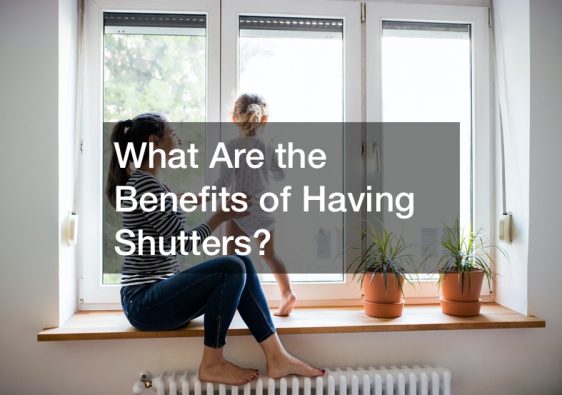
Many people use Micropak enclosures to protect their personal clothing, shoes, bags, and other garments from mold and mildew. These items are extremely prone to mold and mildew since they have likely been produced in areas with warmer temperatures and higher humidity levels. There’s also a great probability that these items contain various raw materials and adhesives that are ideal food sources for mold.
Thus, the requirements for food, temperature, and moisture are all met. After production, the product will typically spend a long time in shipping containers where the relative humidity will increase and decrease rapidly, providing mold with the perfect breeding ground.
Occurrences of mold on synthetic shoes, bags, jackets, and other things are not uncommon. Except under extremely rare circumstances, synthetic materials won’t get moldy, although organic debris on their inner or exterior surfaces can encourage mold growth. In many cases, the mold develops in the inside parts before spreading to the surface.
Wherever there are favorable development circumstances, mold spores can settle on surfaces, germinate, and grow. Molds are an essential component of nature, but when their spores are present in sufficient numbers, they can harm products and pose a health risk to people by possibly triggering allergic reactions and respiratory issues.
Watch this demonstration video by Ldailey Photos, where you’ll see how a portable pop-up changing tent or a personal Micropak enclosure can be folded after use.
.




